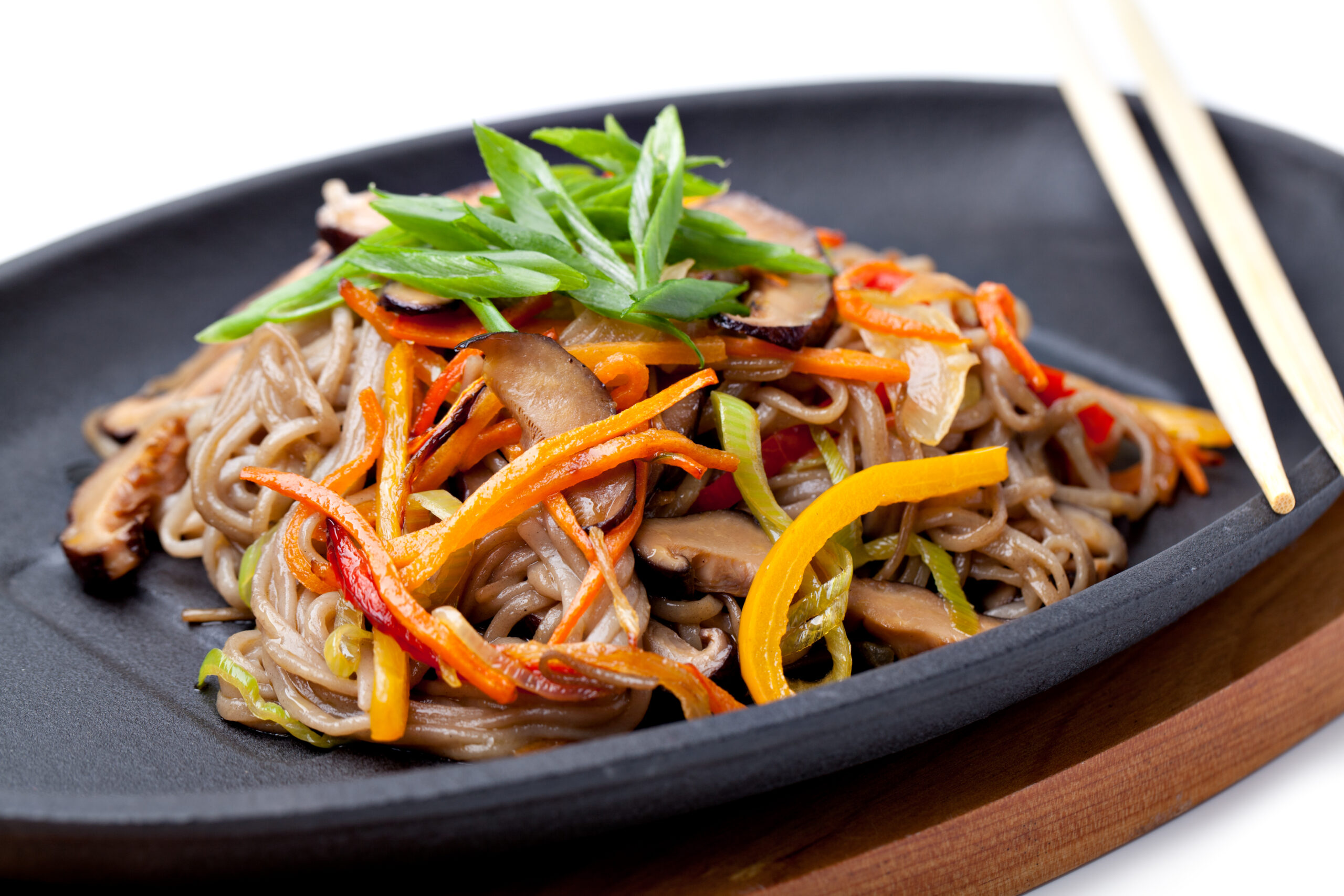If you’ve ever wondered about the secrets behind creating delicious homemade pasta, look no further. In this article, you will discover tips and recipes straight from the experts themselves: chefs.
They share their wisdom on pasta-making, revealing that ramen is the unexpected secret ingredient that adds starch and glossiness to your pasta dishes.
With the right instruction, pasta-making can become a culinary craft that you can master in the comfort of your own home.
Cookbook author Meryl Feinstein demonstrates various pasta types and sauces, including a recipe for a classic egg pasta dough and pappardelle with casual bolognese sauce.
Chef Robbie Felice takes it a step further by blending Japanese and Italian cuisines in his ramen carbonara recipe.
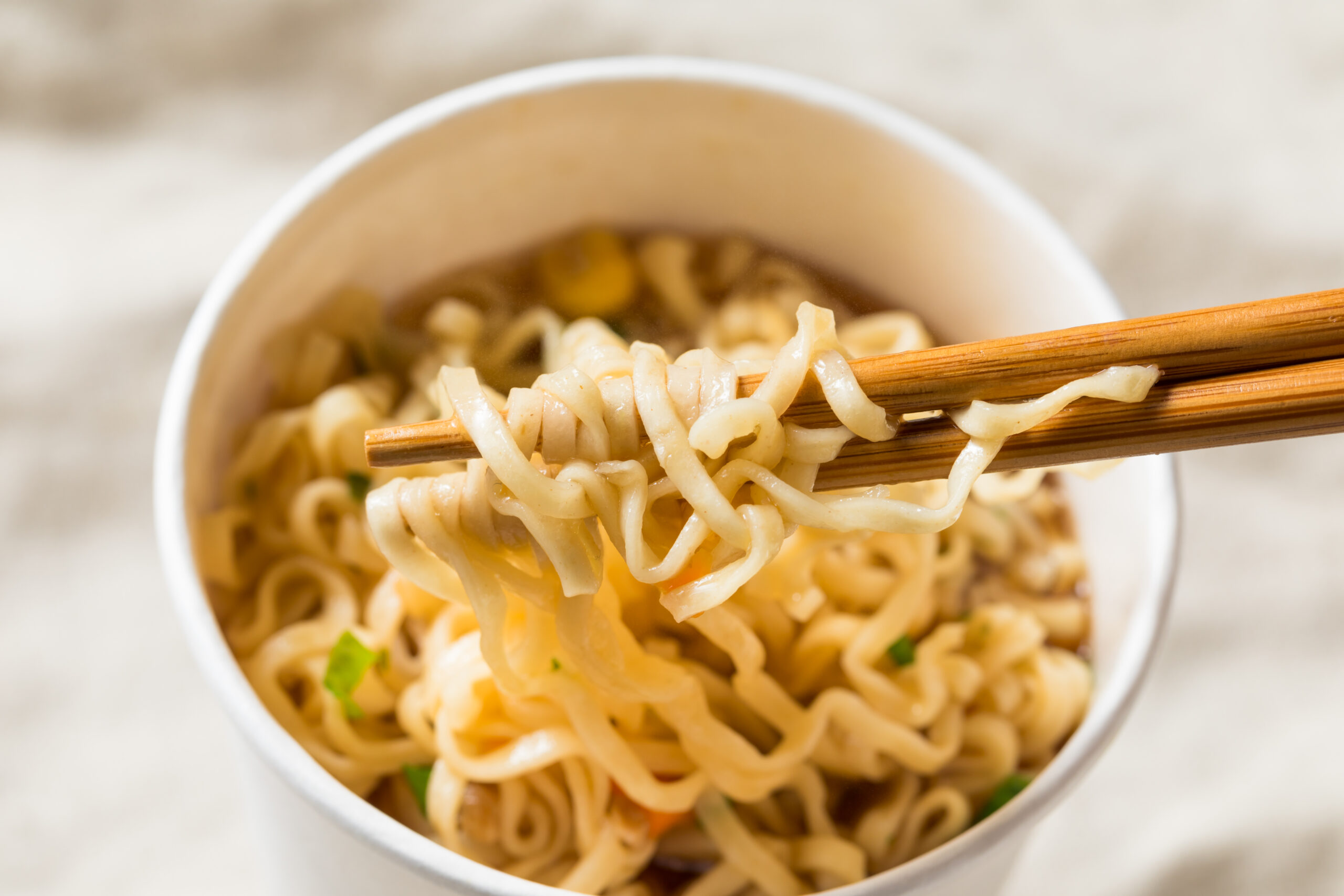
Start cooking your ramen noodles!
Learn how the high starch content in ramen can elevate the flavors of traditional Italian pasta dishes.
Get ready to unleash your inner pasta chef and embark on a culinary adventure with these tips and recipes.
From Soba to Sapporo: A Deep Dive into Ramen Noodle Types
Ramen, a beloved Japanese dish consisting of noodles served in a flavorful broth, has gained international popularity over the years.
However, many people are unaware of the different types of ramen noodles that exist and the unique characteristics they possess.
In this section, we will explore the origins of ramen noodles and delve into three popular types: soba, udon, and sapporo.
The Origins of Ramen Noodles Ramen noodles can be traced back to China, where they were initially created.
As early as the 17th century, Chinese immigrants introduced wheat noodles to Japan.
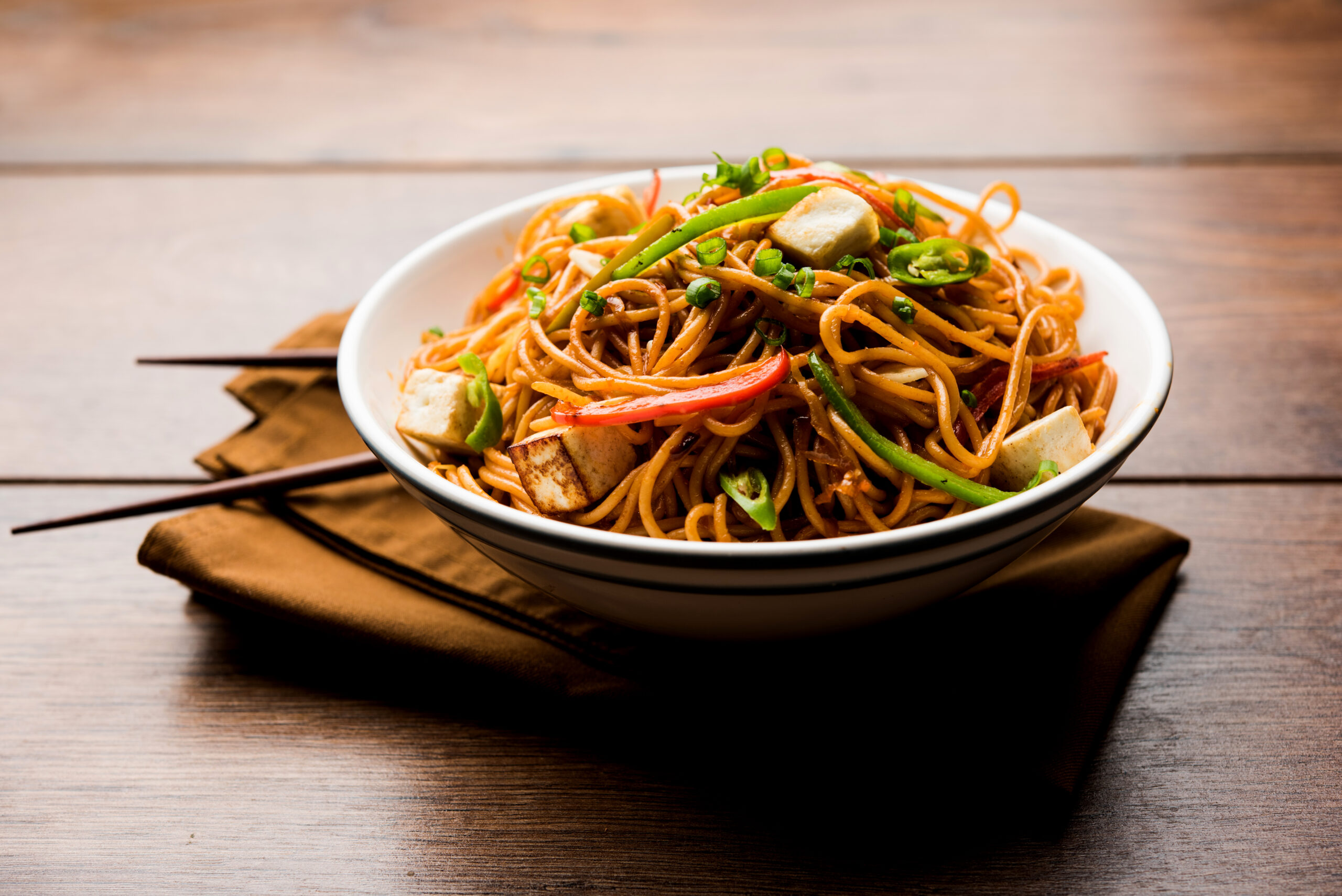
Over time, these noodles were adapted to suit Japanese tastes and became the foundation for what we now know as ramen.
The evolution of ramen noodles in Japan gave rise to a variety of regional styles, each with its own distinct flavors and characteristics.
The Different Types of Ramen Noodles: Soba, Udon, and Sapporo Soba is a type of ramen noodle made from buckwheat flour, which gives the noodles a nutty flavor and a slightly chewy texture.
Soba noodles are thinner compared to other ramen noodle types and are often paired with light, delicate broths.
They are typically served cold with a dipping sauce or in a hot broth, depending on the season and personal preferences.
Udon, on the other hand, is made from wheat flour, resulting in a thicker and chewier noodle.
Udon noodles are often used in heartier, more robust broths and are known for their ability to absorb flavors. These noodles are incredibly versatile and can be enjoyed in both hot and cold dishes.
Sapporo refers to a specific style of ramen that originates from the city of Sapporo in Hokkaido, Japan.
Sapporo ramen is characterized by its rich and hearty broth, which is typically made from a combination of chicken, pork, and seafood.
The noodles used in Sapporo ramen are typically thick and curly, allowing them to hold onto the flavorful broth.
The Texture and Flavor Profile of Each Ramen Noodle Type The choice of noodle type greatly influences the texture and overall experience of a bowl of ramen.
Soba noodles, with their unique nutty taste and slight chewiness, offer a delicate and light experience. Udon noodles, with their thick and chewy texture, provide a more substantial and satisfying bite.
Sapporo ramen noodles, with their thickness and curliness, can soak up the rich flavors of the broth, resulting in a truly indulgent and comforting bowl of ramen.
Regional Variations and Popular Ramen Restaurants In addition to Soba, Udon, and Sapporo ramen, there are numerous regional variations of ramen throughout Japan.
Each region has its own distinct style, ranging from the soy-based ramen of Tokyo to the miso-based ramen of Hokkaido.
Popular ramen restaurants often attract countless locals and tourists who are eager to experience the unique flavors and textures of each region’s ramen.
Next, we will explore the importance of toppings in ramen and how they can transform a simple bowl of noodles into a culinary masterpiece.
Start cooking with this set!
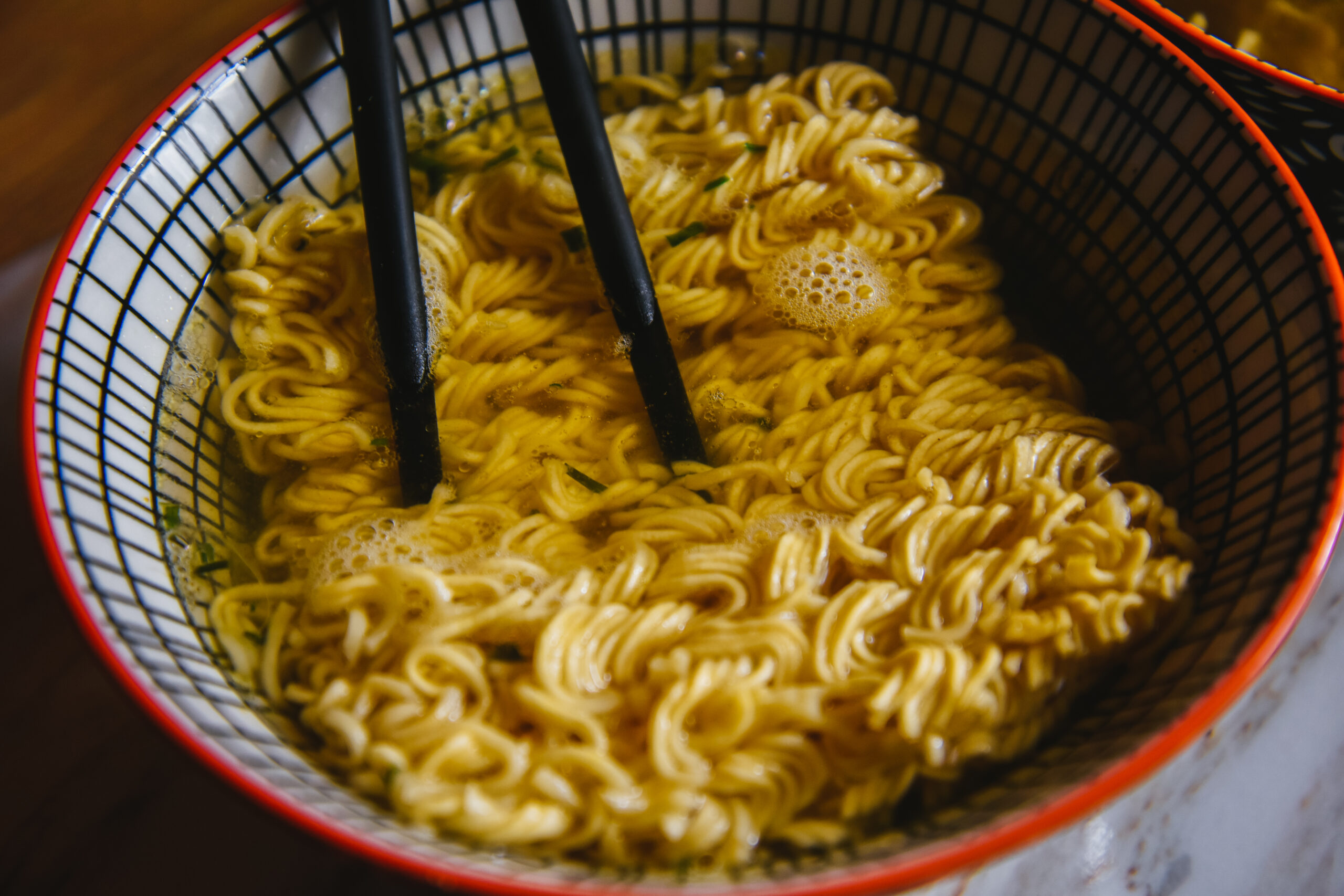
Chashu, Menma, and Nori: The Unforgettable Toppings that Transform Ramen Noodles
When it comes to ramen, the toppings play a pivotal role in elevating the dish from ordinary to extraordinary.
Chashu, Menma, and Nori are three toppings that are commonly found in ramen, each bringing its own distinct flavors and textures to the table.
The Importance of Toppings in Ramen Toppings in Ramen not only add depth and complexity to the flavor profile but also enhance the overall visual appeal of the dish.
They provide a contrast in texture, color, and taste, creating a harmonious balance that delights the senses.
The careful selection and preparation of toppings are crucial in achieving a memorable and unforgettable ramen experience.
Chashu: Slow-Braised Pork Belly as the Perfect Ramen Topping Chashu, a staple topping in many ramen bowls, consists of a thinly sliced, slow-braised pork belly.
The pork is marinated in a flavorful mixture of soy sauce, sugar, sake, and other seasonings, then simmered to perfection until tender and juicy.
The resulting chashu is melt-in-your-mouth tender and adds a rich, savory element to the ramen.
Menma: Flavorful Bamboo Shoots to Elevate Your Ramen Menma, also known as seasoned bamboo shoots, is another classic ramen topping.
The bamboo shoots are typically sliced and marinated in soy sauce, mirin, and other seasonings to infuse them with additional flavor.
Menma adds a unique crunch and earthy taste to the ramen, complementing the other ingredients and adding a satisfying textural element.
Nori: The Seaweed Garnish that Adds Umami to Ramen Nori, or dried seaweed, is a common garnish in ramen that not only enhances the visual appeal but also adds a subtle umami flavor.
The nori is typically roasted before being thinly sliced and sprinkled on top of the ramen. Its delicate, crisp texture and distinct oceanic taste provide a refreshing contrast to the warm broth and noodles.
Other Creative Toppings to Experiment With While chashu, menma, and nori are traditional toppings in ramen, there is no shortage of creativity when it comes to experimenting with new flavors and textures.
From soft-boiled eggs and corn kernels to bean sprouts and scallions, the possibilities for toppings are endless.
These additional toppings can add a burst of freshness, crunch, and flavor, allowing you to customize your ramen to your liking.
Now that we have explored the importance of toppings in ramen, let us dive into the fascinating science behind achieving the ideal texture of ramen noodles.
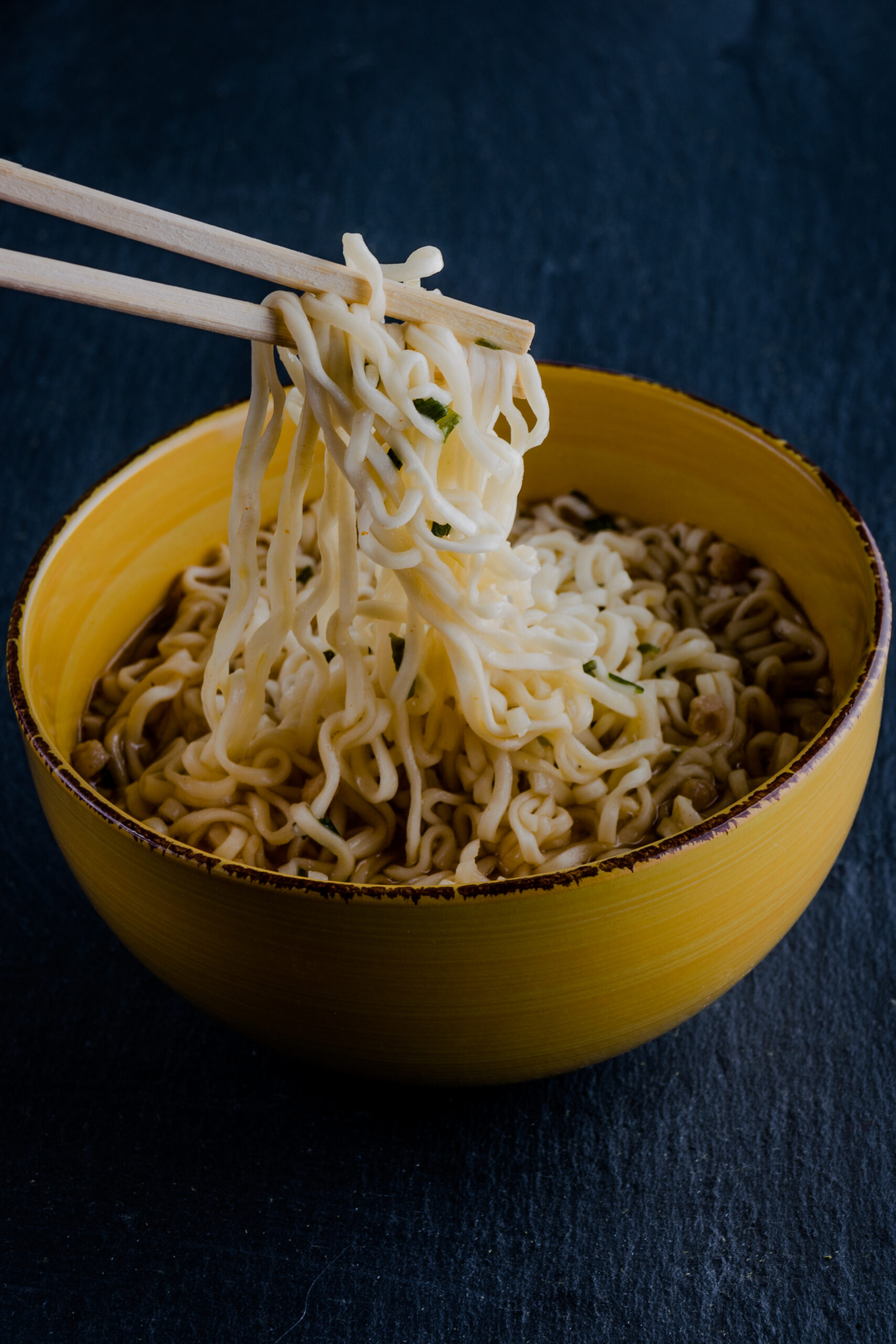
Slurping to Perfection: The Science of Achieving Ideal Ramen Noodle Texture
When it comes to enjoying a bowl of ramen, achieving the perfect noodle texture is crucial.
The texture can greatly impact the overall experience, from the way the noodles interact with the broth to how they feel in your mouth.
In this section, we will delve into the science behind achieving the ideal ramen noodle texture and share tips on how to achieve it.
Why Slurping is Essential in Ramen Appreciation Slurping noodles may seem impolite or unrefined to some, but in the world of ramen, it is actually a sign of appreciation.
Slurping helps to aerate the noodles, allowing the flavors to be fully released and enhancing the overall taste experience.
The act of slurping also helps to cool down the noodles, preventing them from becoming overly hot.
The Role of Alkaline Salts in Ramen Noodles One key ingredient in ramen noodles that contributes to their unique texture is alkaline salts, such as Kansai.
Alkaline salts enhance the elasticity and chewiness of the noodles, giving them their characteristic bounce and springiness.
The addition of alkaline salts also adjusts the pH of the noodle dough, resulting in a distinct yellow color and a richer flavor.
The Impact of Cooking Time on Ramen Texture The cooking time of the noodles is another crucial factor in achieving the ideal texture.
Undercooking the noodles can result in a hard and chewy texture while overcooking them can lead to a mushy and limp consistency.
Finding the perfect balance requires careful monitoring of the cooking time, which can vary depending on the thickness and type of noodle.
Balancing Firmness and Chewiness: Tips for Cooking Ramen Noodles To achieve the ideal ramen noodle texture, it is important to follow a few key tips. Firstly, start with high-quality noodles that are made from fresh ingredients.
Next, ensure that the water is vigorously boiling before adding the noodles to prevent them from sticking together.
Cook the noodles according to the package instructions, but be sure to taste them periodically to determine their firmness and chewiness.
Once cooked, promptly drain the noodles and rinse them under cold water to stop the cooking process and remove any excess starch.
By understanding the science behind achieving the perfect ramen noodle texture and following these tips, you can elevate your ramen experience to new heights.
Now that we have mastered the art of noodle texture, let us move on to the tips and techniques for making perfect pasta dough.
Create dishes that are not only delicious but also visually stunning.
The key to mastering Aglio e Olio is achieving the perfect balance.
Cooking tips from Famous Chefs
Chef Robbie Felice’s Fusion Creation: Ramen Carbonara Recipe
Chef Robbie Felice, known for his innovative culinary creations, has combined Japanese and Italian cuisines to create a unique and tantalizing dish: ramen carbonara.
This fusion creation combines the creamy richness of carbonara sauce with the umami flavors of ramen noodles.
In this section, we will delve into the marriage of Italian carbonara and Japanese ramen, discover Chef Robbie Felice’s unique twist on a classic, share the recipe, and provide tips for balancing the flavors and textures.
The Marriage of Italian Carbonara and Japanese Ramen The combination of Italian carbonara sauce and Japanese ramen noodles may seem unconventional, but it is a harmonious marriage of flavors and textures.
Carbonara sauce, made from eggs, cheese, pancetta or bacon, and black pepper, provides a velvety and creamy base that coats the ramen noodles.
The umami flavors of the ramen noodles, derived from their high starch content, enhance the richness of the carbonara sauce, resulting in a uniquely delicious dish that showcases the best of both cuisines.
Chef Robbie Felice’s Unique Twist on a Classic Chef Robbie Felice, renowned for his culinary creativity, has put his unique twist on traditional carbonara by incorporating ramen noodles.
This unexpected addition adds a new layer of texture and flavor to the dish, taking it to a whole new level.
By combining the silky smoothness of the carbonara sauce with the springy bounce of ramen noodles, Chef Robbie Felice has created a fusion masterpiece that is both comforting and exciting.
The Recipe and Step-by-Step Instructions To recreate Chef Robbie Felice’s ramen carbonara, follow these step-by-step instructions:
Ingredients:
- 200g ramen noodles
- 4 slices of bacon or pancetta, diced
- 2 cloves of garlic, minced
- 2 large eggs
- 1/2 cup grated Parmesan cheese
- Freshly ground black pepper
- Chopped parsley for garnish
Instructions:
- Cook the ramen noodles according to the package instructions. Drain, rinse under cold water, and set aside.
- In a large skillet, cook the diced bacon or pancetta over medium heat until crispy. Add the minced garlic and cook for an additional minute.
- In a bowl, whisk together the eggs, grated Parmesan cheese, and a generous amount of black pepper.
- Add the cooked noodles to the skillet with the bacon and garlic. Toss to combine.
- Remove the skillet from heat and quickly pour the egg mixture over the noodles. Toss vigorously to coat the noodles evenly and cook the eggs.
- Return the skillet to low heat and continue tossing the noodles for an additional minute or until the sauce thickens slightly.
- Divide the ramen carbonara among plates, sprinkle with chopped parsley, and serve immediately.
Tips for Balancing the Flavors and Textures It is important to balance the flavors and textures when making ramen carbonara. The carbonara sauce should be rich and creamy, but not overly heavy.
Adjust the amount of cheese and black pepper according to your preference.
The ramen noodles should be cooked al dente with a slight bite to provide a nice contrast to the creamy sauce.
Be sure to toss the noodles vigorously in the skillet to evenly distribute the sauce and cook the eggs without scrambling them.
With Chef Robbie Felice’s ramen carbonara recipe, you can embark on a culinary adventure that combines the best of both Italian and Japanese cuisines.
Now, let us explore the surprising role of ramen in Italian cuisine and uncover some fascinating facts.
Cooking tips from Famous Chefs
The Role of Ramen in Italian Cuisine: Surprising Facts
Ramen, a dish that originated in Japan, may seem far removed from Italian cuisine.
However, the high starch content in ramen noodles actually makes them a secret ingredient in many Italian pasta dishes.
In this section, we will explore the surprising role of ramen in Italian cuisine and uncover some fascinating facts.
Ramen is revealed as the best secret ingredient for starchy and glossy pasta.
The high starch content in ramen noodles is the secret ingredient that contributes to the starchy and glossy texture of many Italian pasta dishes.
When cooked, ramen noodles release a starchy liquid that can be used to emulsify sauces, helping them cling to the noodles and creating a luxurious and velvety texture.
This is particularly evident in pasta dishes such as carbonara and cacao e pepe, where the starchy liquid from the ramen noodles helps to bind the sauce and create a creamy consistency.
Pasta-Making Chefs Share Tips and Recipes Renowned chefs who specialize in pasta-making recognize the value of ramen noodles in achieving the desired texture in their dishes.
They often incorporate ramen noodles in their recipes to enhance the starch content and create a silky-smooth finish.
By utilizing the starchy liquid released from cooked ramen noodles, they can achieve a rich and velvety texture in their sauces without the need for additional cream or butter.
Pasta-Making is a Culinary Craft that Can be Done at Home The art of pasta-making is not exclusive to professional chefs.
With the right instruction and a few essential tips, anyone can create their own homemade pasta dishes.
Cookbook authors and pasta-making enthusiasts often share their expertise, providing detailed instructions and recipes that make pasta-making accessible to home cooks.
By following their guidance, you can embark on a culinary journey and create pasta dishes that are a celebration of flavor and craftsmanship.
With this newfound knowledge of the role of ramen in Italian cuisine, you can appreciate the versatility and impact of this seemingly ordinary ingredient in creating extraordinary pasta dishes.
Now, let us explore the exciting world of experimental pasta recipes and dare to venture into uncharted territory.
Experimenting with Unexpected Ingredients: Innovative Pasta Recipes
Innovation and experimentation are at the heart of culinary creativity. With pasta as a blank canvas, chefs and home cooks alike are pushing the boundaries of traditional recipes and incorporating unexpected ingredients.
Now, we will explore the concept of breaking traditional boundaries, provide examples of exciting and inventive pasta recipes, discuss the balance of flavors and textures in experimental pasta dishes, and encourage creativity and personalization in pasta-making.
Breaking Traditional Boundaries: Unconventional Pasta Ingredients As culinary trends evolve, chefs and home cooks are increasingly venturing into uncharted territory by incorporating unconventional ingredients in their pasta dishes.
From exotic spices and herbs to unexpected proteins and vegetables, the possibilities are endless.
These unexpected ingredients add depth, complexity, and a unique twist to traditional pasta recipes, making them truly innovative and exciting.
Examples of Exciting and Inventive Pasta Recipes Inventive pasta recipes abound, offering a myriad of flavors, textures, and combinations.
Imagine a black squid ink pasta with garlic-infused olive oil, topped with seared scallops, and adorned with microgreens.
Or how about a spicy Thai-inspired curry pasta with coconut milk, lemongrass, and shrimp? Innovative pasta dishes like these challenge the boundaries of what is considered traditional, inviting us to explore new flavor profiles and combinations.
The Balance of Flavors and Textures in Experimental Pasta Dishes When experimenting with unconventional pasta ingredients, it is important to strike the right balance of flavors and textures.
The ingredients should complement and enhance each other, creating a harmonious dish that is greater than the sum of its parts.
Consider the interplay of sweet and savory, spicy and mild, crunchy and creamy, and aim for a balanced composition that tantalizes the taste buds and delights the senses.
Encouraging Creativity and Personalization in Pasta-Making The beauty of pasta-making lies in its inherent flexibility and adaptability.
While traditional recipes serve as a foundation, they can be customized and personalized to suit individual preferences and dietary restrictions.
By encouraging creativity and personalization in pasta-making, we open up a world of possibilities for exploring new techniques, experimenting with different flavors, and crafting unique pasta dishes that reflect our own culinary vision.
As pasta continues to captivate our taste buds and bring people together, it is important to embrace innovation and experimentation.
Through the exploration of unconventional ingredients, exciting recipes, and personal creativity, we can push the boundaries of pasta-making and immerse ourselves in the endless possibilities it offers.
Start cooking with these sets!
Happy Cooking!


